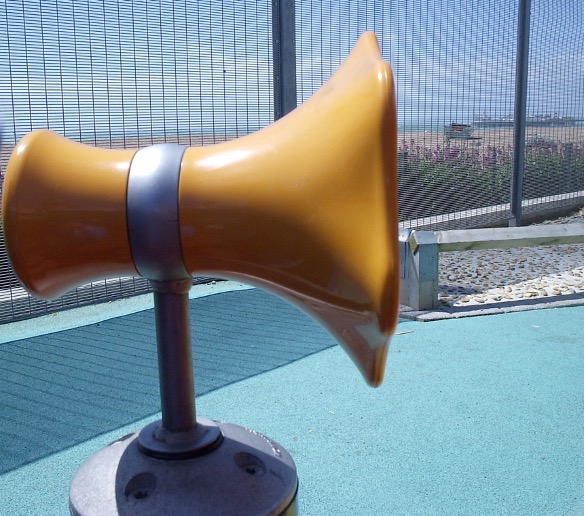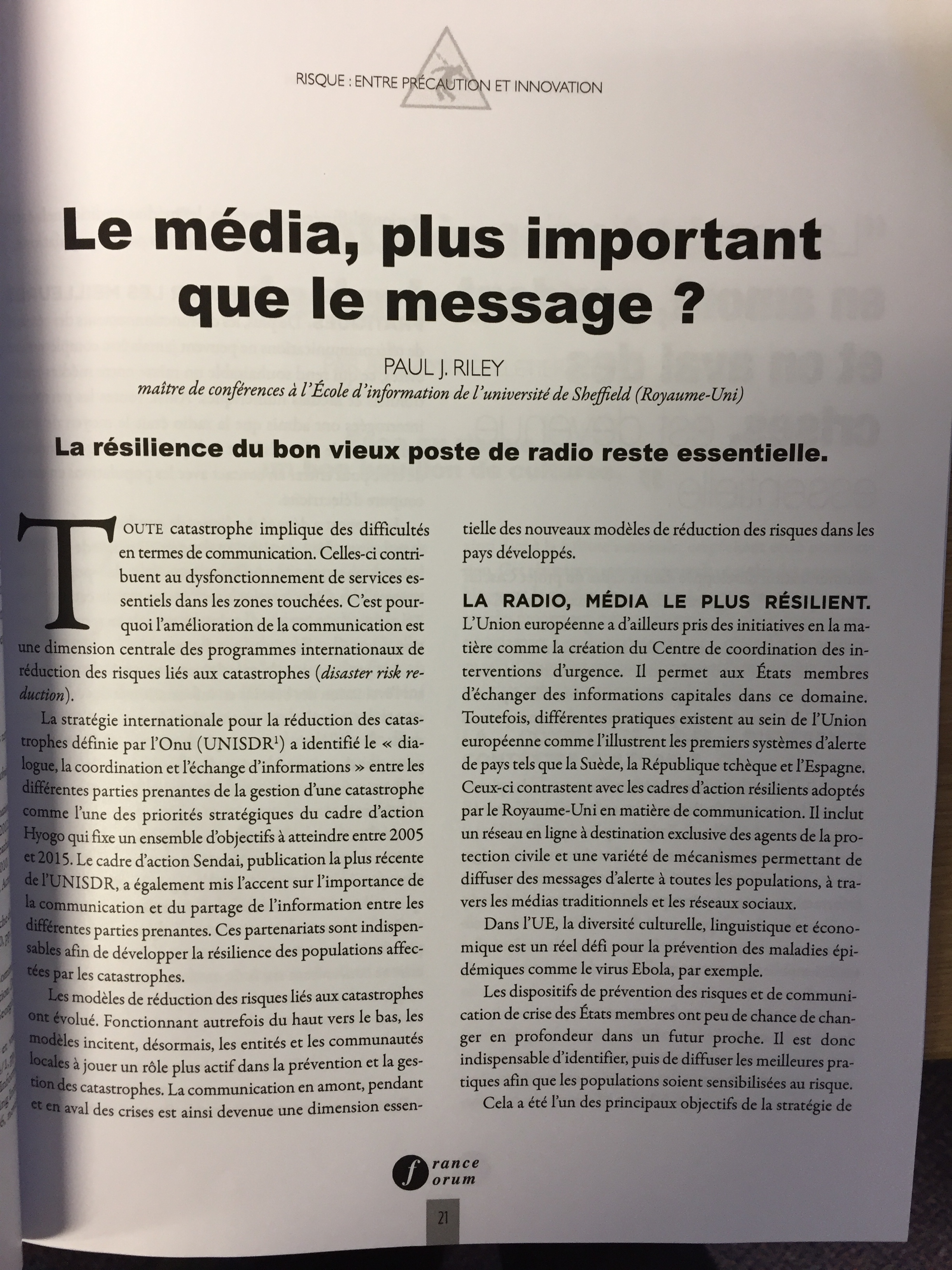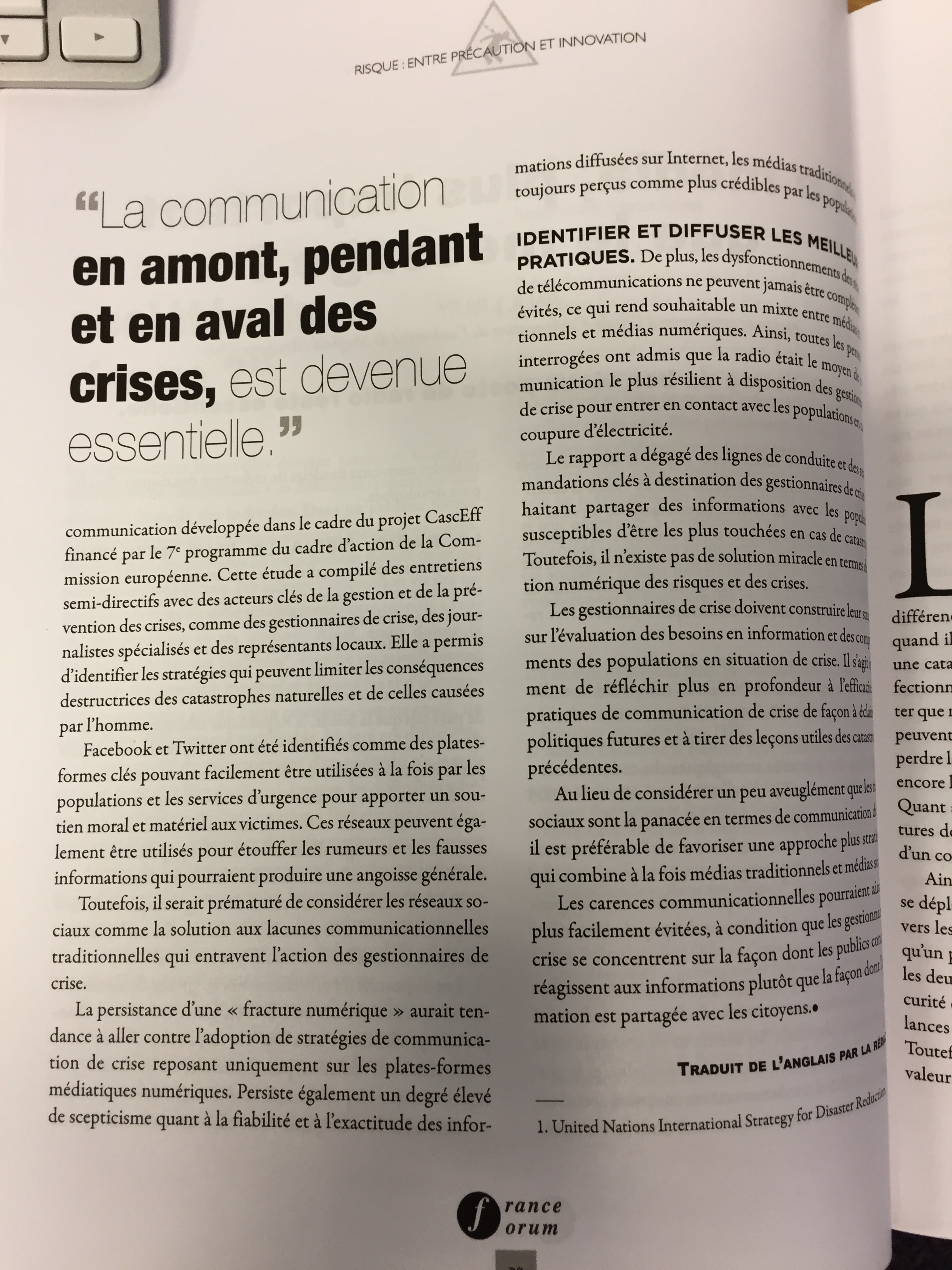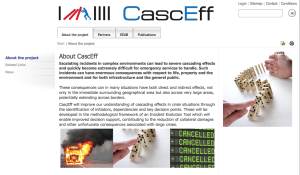This morning my Research Associate Giuliana Tiripelli will present our paper “Challenges and opportunities of dialogic communication in crisis situations: Twitter, affective publics and the 2015 Channel Tunnel fire” at the Understanding Transition V: Developing Dialogic Communication conference at the University of Bucharest. The abstract for the paper can be found below:
Challenges and opportunities of dialogic communication in crisis situations: Twitter, affective publics, and the 2015 Channel Tunnel Fire.
Giuliana Tiripelli & Paul Reilly
The ‘ambient storytelling infrastructure’ of Twitter today enables ‘affective publics’ to present their own perspectives on events and issues (Papacharissi, 2015). This phenomenon challenges established top-down communicative dynamics, in which definitional power appeared to lie with institutions, organisations, and journalists rather than citizens, and seemingly presents new opportunities for dialogic communication between these actors in the digital age. At the same time, ‘affective publics’ “are mobilized … through expressions of sentiment” (Papacharissi, 2016: 311), creating new information flows that challenge the ability of organisations and journalists to channel communicative resources that manage public responses to crises. This paper explores this binary role of ‘affective publics’ in contemporary media ecologies through the study of the Twitter debate that emerged during the Channel Tunnel Fire. The incident on 17th January 2015, during which a lorry was set alight by an electricity bolt from overhead power lines, led to the evacuation of the passengers and significant disruption to Eurostar services for the next few days. Specifically, the study analyses the role played by journalists and Eurostar staff in the co-construction of meaning of the incident. A critical thematic analysis was conducted (Braun and Clarke 2006) to explore key themes of the 12,652 English-language tweets posted between the 17th and 19th January 2015. URL links shared in tweets were also classified using an inductively-developed content analysis codebook. Results indicate that Twitter accounts belonging to members of the public, rather than the affected organisation (Eurostar) or emergency institutions, were primarily responsible for starting information flows about the Channel Tunnel fire and subsequent disruptions. Although many tweets expressed gratitude for the professionalism of the company and their prompt reply to customer queries, the study suggested an ‘imbalance’ between organisations and private citizens in the co-creation of meaning of the incident in favour of the latter. One interpretation of this finding was that it was a manifestation of the increasingly important role played by flexible and mobile affective publics in defining news events within the contemporary ecology, often at the expense of less flexible news organisations and political institutions that operate in these online spaces. This may present practical problems for emergency managers during incidents such as the Channel Tunnel fire, especially when the cacophony of views on Twitter make it difficult to both filter and share real-time crisis information on the microblogging site. In this way, the paper adds to the emergent literature on dialogic communication and disasters by considering the extent to which the mobilisation of affective publics online challenges the ability of emergency managers to share accurate real-time information with members of the public during such incidents.
Braun V and Clarke V (2006) Using thematic analysis in psychology. Qualitative Research in Psychology 3(2):77-101.
Papacharissi Z (2015) Affective publics: Sentiment, technology and politics. Oxford University Press.
Papacharissi Z (2016) Affective publics and structures of storytelling: sentiment, events and mediality. Information, Communication & Society 19(3):307-324.




